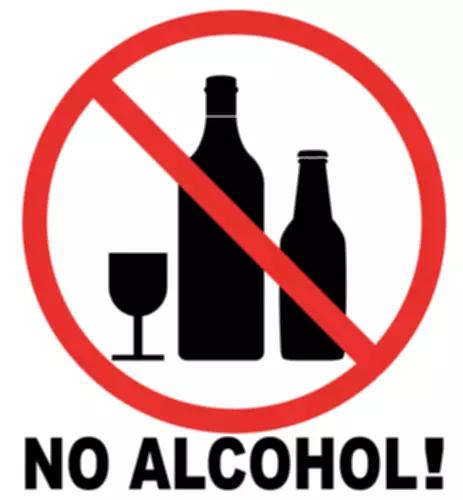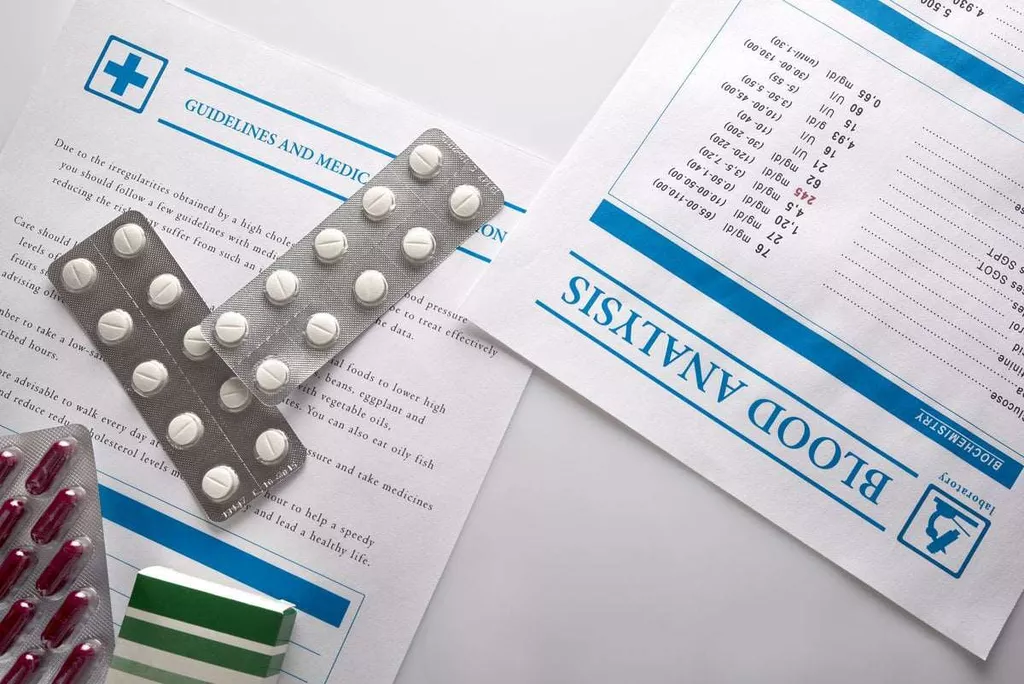A substantial body of research has accumulated over several decades and transformed our understanding of substance use and its effects on the brain. This knowledge has opened the door to new ways of thinking about prevention and treatment of substance use disorders. Withdrawal symptoms occur when an individual who has developed tolerance and dependence reduces or stops using the substance they have been consistently consuming.
Some General Problems with Stage Models of Addiction

This cycle of addiction continues unrestrained, until some type of intervention occurs (self-intervention, legal, family, etc.). While many theorists now view addiction as a disease, these theorists view the disease model of addiction as an extreme manifestation of purely biological events that rob a person of their reasoning abilities. This model has little diagnostic utility and most likely explains the behavior of a very small proportion of individuals with substance use disorders.
- Dependence, in the context of substance use disorder, occurs when an individual becomes reliant on a substance to function normally, stemming from the neurochemical changes in the brain due to regular drug use.
- Despite the common belief that there are only casual users and full-blown addicts, addiction is a brain disease that occurs in stages.
- On the other hand, drug addiction represents a more severe and chronic condition.
- The user no longer limits themselves by setting or time, what started as weekend binge drinking becomes bathroom shots at work to get their fix.
- The changes can endure long after a person stops consuming alcohol, and can contribute to relapse in drinking.
Different Classes of Substances Affect the Brain and Behavior in Different Ways
- After a period of time, the pain returns, and the addict begins to experience the fantasies of using substances again.
- Tolerance is the result of the chemical changes to the brain that occur as the result of continuing to use and abuse whatever substance or substances you are taking.
- The brain is made of an estimated 86 billion nerve cells—called neurons—as well as other cell types.
- Drug cravings are a significant aspect of addiction, often presenting a formidable challenge for individuals attempting to overcome substance dependence.
- Surges of dopamine in the brain’s reward circuit cause repetition of behavior.
- Understanding the stages of addiction is important to help you understand how substance use can evolve into something that harms your relationships, sense of self, and overall health.
As with the medications and therapies used to treat asthma and diabetes, the treatments in addiction rehab are designed to help the person learn to manage a chronic substance use disorder and reduce the likelihood of relapse to drug use. With motivation and experienced, certified help, these individuals can learn to interrupt the addiction cycle and move forward into the sustained abstinence that heralds recovery and results in a more positive future. As a result, the person https://ecosoberhouse.com/ using the substance may increase the dosage or frequency of use to try to recapture the original result. Then, over time, tolerance to this new dosage occurs, and the person increases again, creating a progression into heavy substance abuse. Nevertheless, even these risk factors won’t necessarily lead to the high-risk individual developing a substance use disorder like addiction. Other contributing factors often factor in, including the subsequent stages of addiction.
Signs and Symptoms of Each Stage
Best of Utah: Body and Mind 2023 Readers choose their best health care providers, medical institutions, fitness … – Salt Lake City Weekly
Best of Utah: Body and Mind 2023 Readers choose their best health care providers, medical institutions, fitness ….
Posted: Wed, 03 May 2023 07:00:00 GMT [source]
Individuals may start using the substance on a more consistent basis, seeking the pleasurable effects it provides. While they may still have some control over their substance use, patterns of regular use begin to emerge. In short, risky or problem use threatens your safety and the safety of others but may not meet the criteria for a substance use disorder. As the name suggests, substance use at this point has begun to take a negative toll on your life. Your performance at work or school may be suffering, along with your relationships with others. You may have changed your circle of friends and your behavior has almost certainly changed.
Seeking Help and Recovery

When someone starts using these substances, it can lead them to experiment with more dangerous drugs, moving them along the cycle of addiction. Seeking professional help and wanting to change are crucial in overcoming addiction. Understanding the cycle of addiction is the first step towards finding the right treatment program and getting the support needed for recovery. Alcohol or drug dependence is when an addict’s body needs the substance to function normally and avoid withdrawal symptoms. At the third stage of the addiction cycle, regular use causes tolerance and physical or psychological dependence on the abused substance.
- One way that many mental health researchers conceptualize the development of some particular type of disorder is the use of a stage model of development.
- Some people can drink or do drugs and never leave the initial use phase of the addiction cycle.
- Compulsive substance seeking is a key characteristic of addiction, as is the loss of control over use.

Other studies also show that when an addicted person is given a stimulant, it causes a smaller release of dopamine than when the same dose is given to a person who is not addicted. Dependence is another critical stage of addiction that refers to the body’s adaptation to the presence of a drug, requiring higher doses to achieve the same effects initially experienced. This escalation in dosage can further entrench the choose the correct cycle of addiction. cycle of addiction, making treatment even more crucial at this stage and also necessitating medical care in order to recover. At the stage of physical dependence, drug addicts require medical care to detox from the substance, which should take place in an inpatient rehab center. Drug cravings can occur at various times and are often triggered by specific environmental cues, emotional states, or physical conditions.